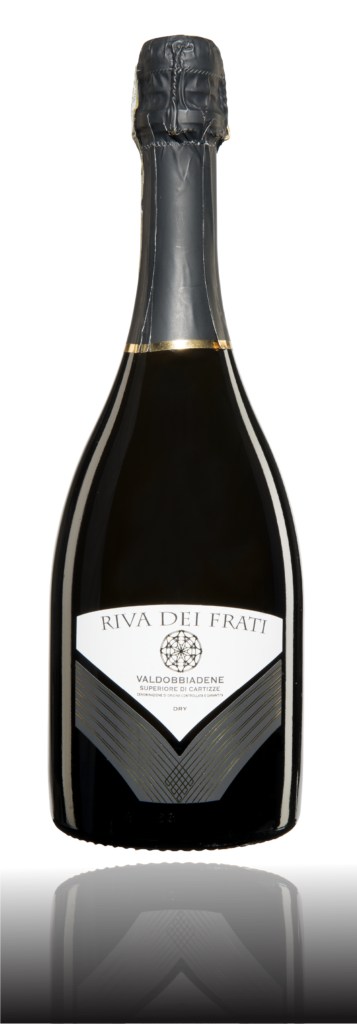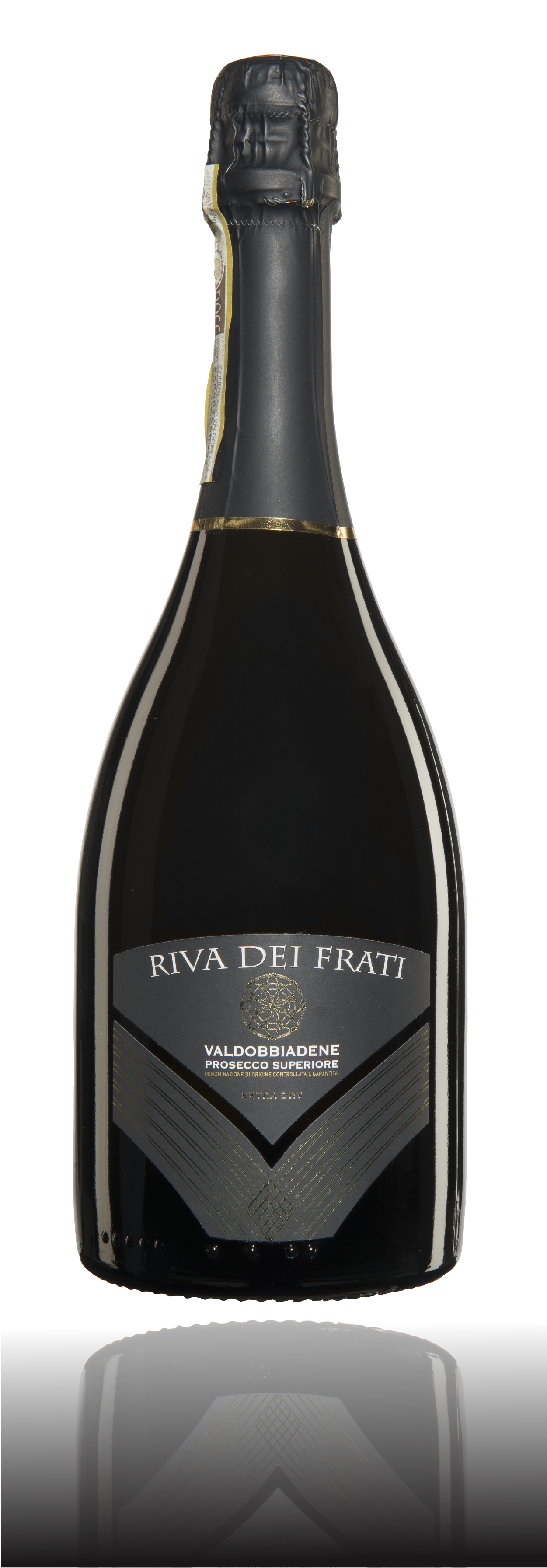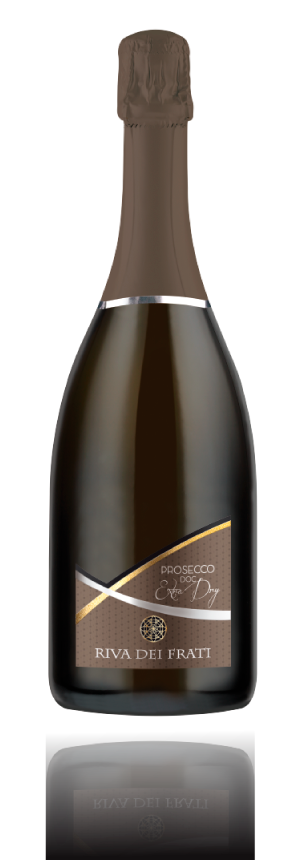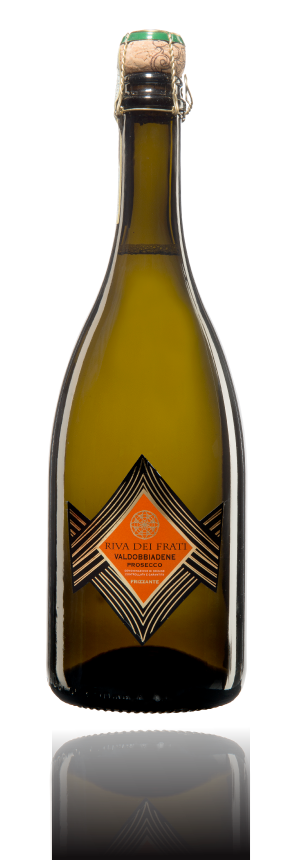T e r r i t o r y
The territory
Through the places of daily living
In the Veneto region, in a strip of Marca Trevigiana known since medieval times as “gioiosa et amorosa,” lies the Prosecco wine road, which touches the most characteristic and important towns and places for the production of Prosecco D.O.C.
In the heart of Prosecco Superiore
Timeless winemaking tradition
The Conegliano Valdobbiadene production area retains unique characteristics: in fact, the steep slopes and the particular morphology of the area obtained Unesco recognition in July 2019 by becoming part of the World Heritage Sites.
For centuries, the rugged terrain has been shaped and adapted by special land use practices, including soil conservation techniques that encompass winemaking practices for the production of the highest quality Prosecco Superiore.
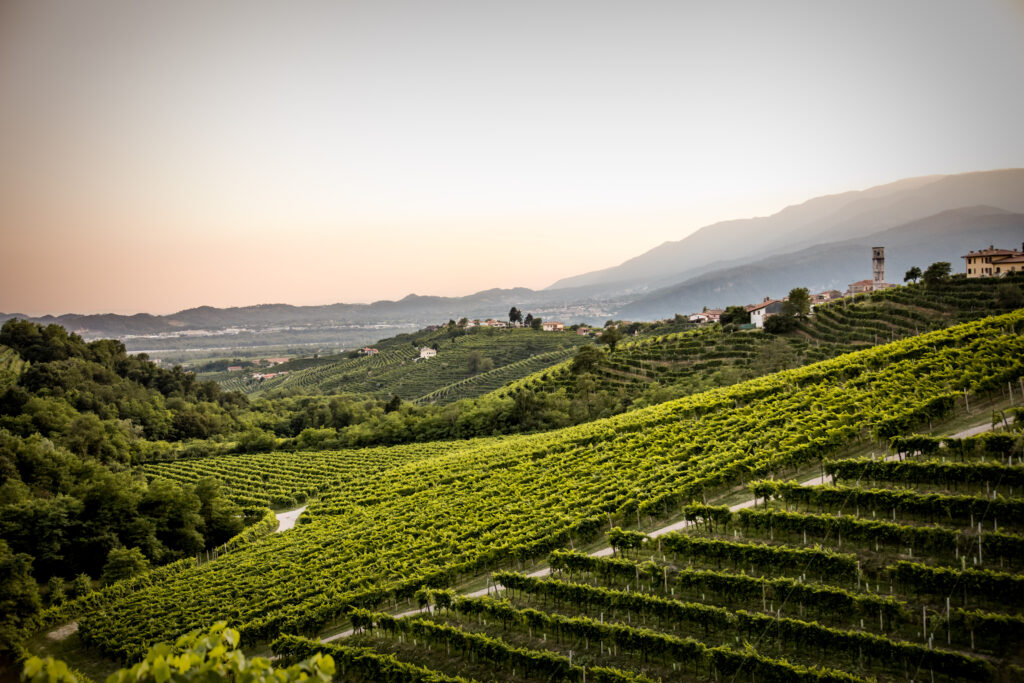
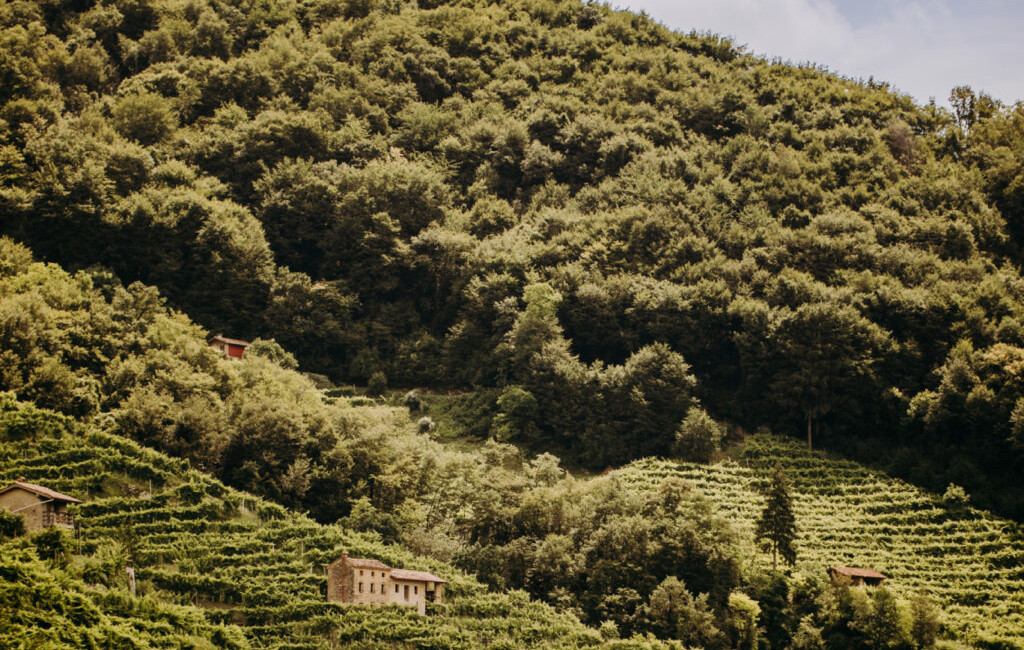
The soil of Conegliano Valdobbiadene has a very ancient origin, dating back to the uplift of the sea and lake bottoms. Part of the hills were reshaped by glaciers in the Dolomites, which carried various sediments downstream. The resulting soils are deep, consisting of rock and sand conglomerates with a lot of clay and sometimes iron. Where the glacier did not act, soils of marine origin, composed of marls and sandstones, were maintained, which were shallower and more filtering.This results in a coexistence of many different types of soil, as well as a varied conformation of the hills — gentler in the Conegliano area, and steeper and fully south-facing in the Valdobbiadene area.
A landscape of rare beauty
The ridges of hills that give a distinctive landscape character (hogback) are just one of the features that have led this area to become part of UNESCO World Heritage Site.
The mosaic-like appearance of the territory is the result of traditional environmental and agricultural practices that are still in use today. Vineyard plots planted along the slopes coexist with patches of woodland, hedgerows, and rows of trees that create natural corridors between different habitats. The area is also characterized by frequent summer downpours, with an average annual rainfall of 1250 mm. Combined with the vineyards’ unique location between the sea and the foothills of the Alps, this ensures a temperate climate that allows the grapes to dry quickly after the rains.



